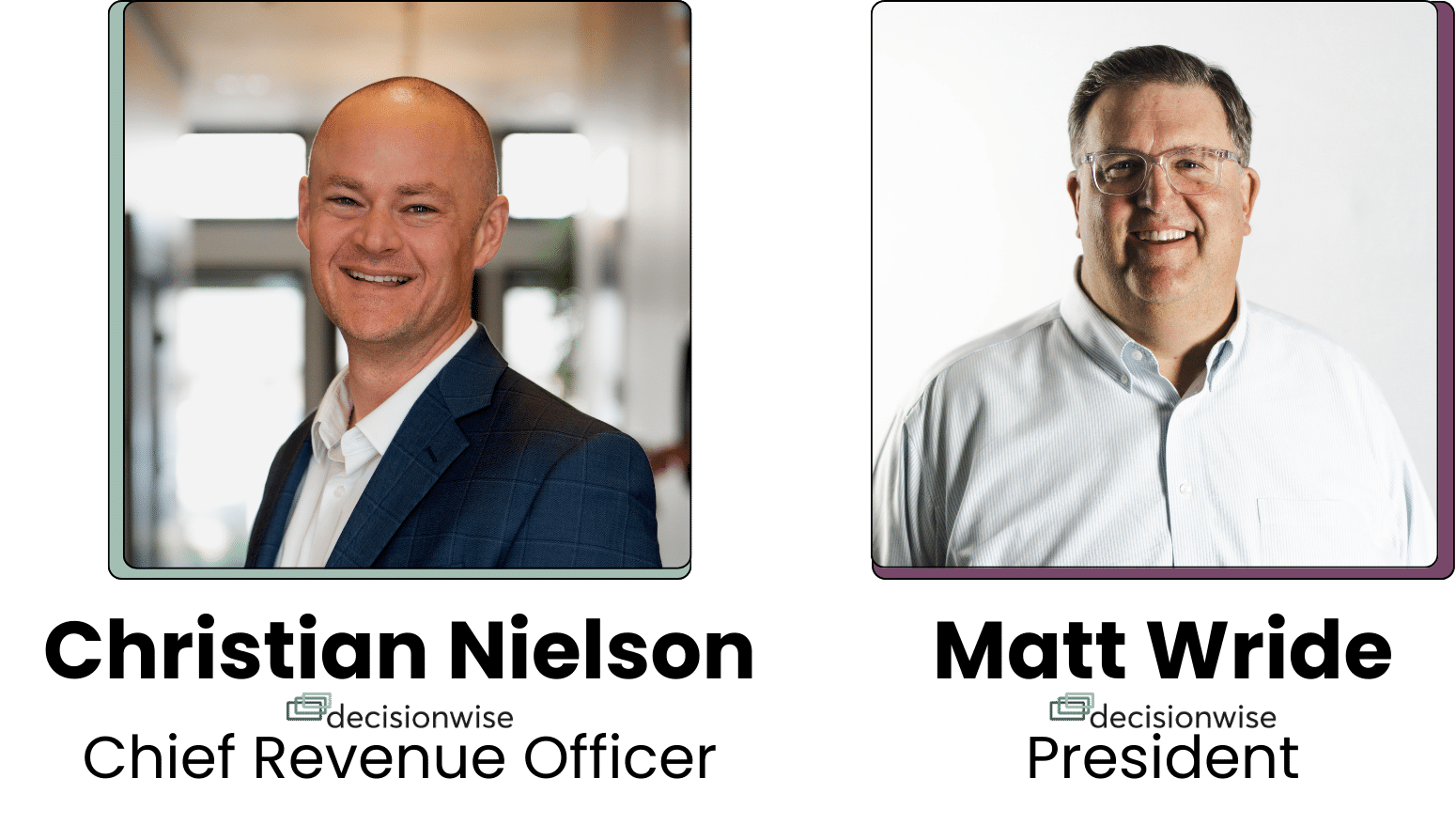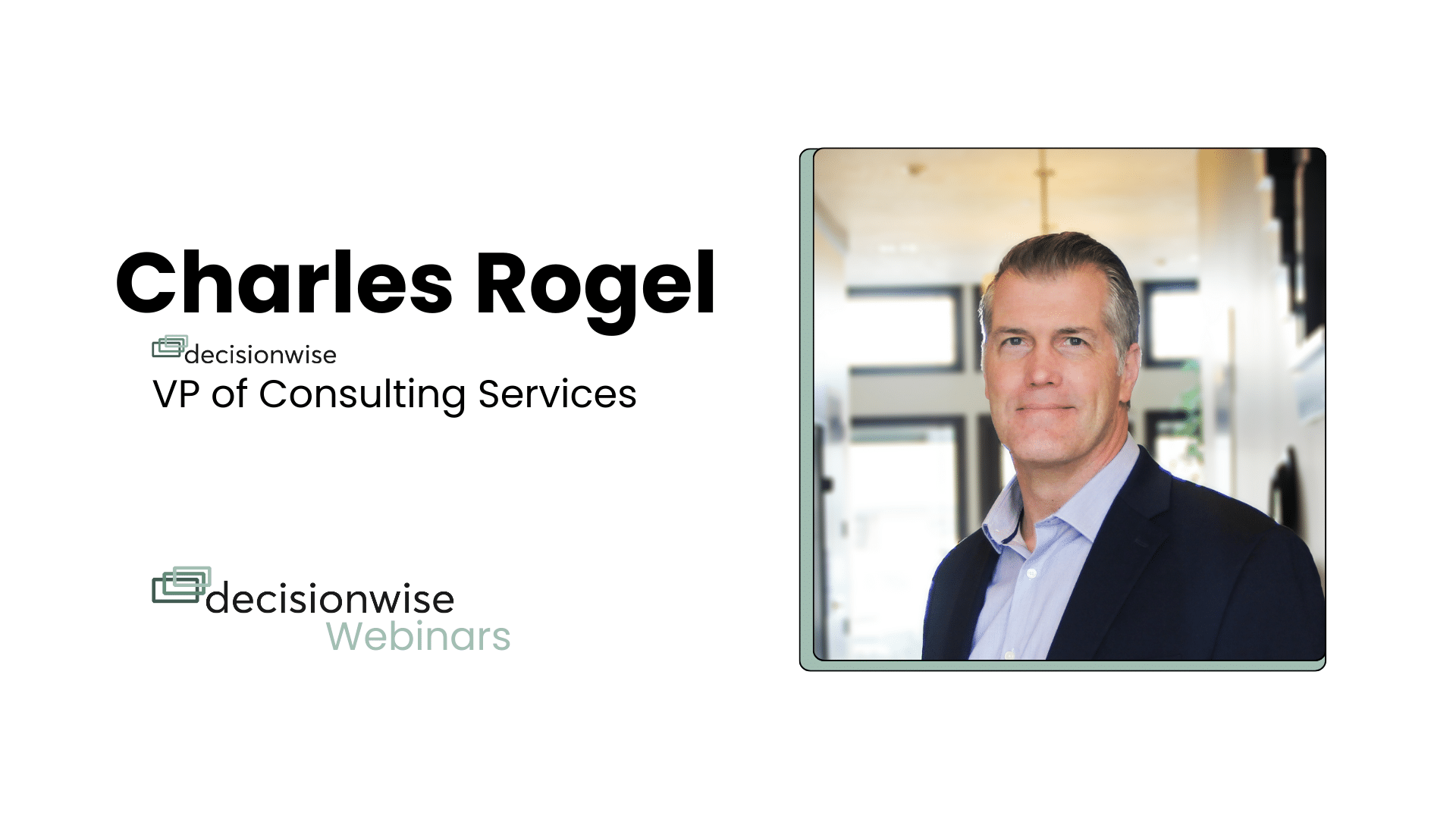What is the Employee Experience?
Technically speaking, your employee experience (EX) is the sum of the various perceptions employees have about their interactions with the organization in which they work. These perceptions collectively form each employee’s experience, which can either promote positive outcomes and behaviors or reinforce negative perceptions and attitudes.
Our aim as organizational development experts is to understand and design an overall employee experience that promotes employee engagement along with other positive social and leadership behaviors – all with an effort to improve business outcomes and organizational effectiveness. At its core, your EX is what you design and manage. Employee engagement and employee satisfaction are the beneficial outcomes that derive from a well-crafted employee experience.
The employee experience can be divided into two key domains. At a base level, the focus is on each individual employee’s experience, and how leaders and managers can best motivate, guide, direct, and inspire their team members. This is what we call the leader-driven experience (LDX). This domain is highly dependent on effective interpersonal relationships and upon a leader’s skill at communicating and working cooperatively with others. In essence, does a manager’s scorecard reflect a greater number of positive behaviors that grow and develop employees as compared to negative behaviors that detract from success?
Our second domain is the organization’s overall employee experience (OrgX). This area is comprised of the organization’s people strategies, hiring and talent goals, feedback and analytics activities, leadership competency models, learning and development systems, organizational behavior models and frameworks, and the overall process and infrastructure that supports an individual leader’s efforts. Together, OrgX and LDX combine to create a cultural environment that promotes top-tier performance and employee well-being.
Employee Experience Design and Management
Designing and managing the employee experience is more than a trial-and-error process of testing of what works and what doesn’t. There are sound organizational behavior principles that can be followed and implemented to ensure success. Let’s delve into a few of these principles:
- Teach the Why: World-class employee experiences equate to better business outcomes. Productivity is almost always better. Hiring new talent is more effective, and retention improves. Creativity is stronger because your organization has better people in key positions when compared to competing firms. The list goes on and on…. Take the time to teach leaders and employees why the employee experience should be a top priority at all levels inside an organization.
- Adopt an Employee-Centric Approach: Instead of asking what your people need to do, focus on who your people need to become. The best employee experiences maximize and incentivize employees to bring their best selves to their work and organization. Design your EX-strategies around helping employees and leaders become better instead of applying pressure to do more.
- Define your Employee Value Proposition (EVP): Your EVP represents the unique value your organization offers to its employees in exchange for their skills, experience, and commitment. It has both an internal and external component. Internally, your EVP communicates what employees get by being associated with the organization. Externally, your EVP (sometimes referred to as the “Employer Brand”) represents how the world perceives the way in which you manage and treat your workforce.
- Focus on the Employee Journey: Instead of looking only at individual touchpoints or elements of overall satisfaction, effective EX professionals strive to measure experiences along various journeys, which include traditional lifecycle events, such as onboarding and exit. But there are other journeys, such as what happens when an employee makes their first mistake on the job, that need to be evaluated and measured. Take time to organize your listening efforts around the journeys employees take when associated with your organization.
- Focus on Data-Driven Decisions: Strive to make data-driven decisions. You should be constantly collecting and analyzing data from various sources, such as annual employee engagement surveys, exit surveys, candidate feedback, etc. Strong employee experience professionals implement multiple listening campaigns throughout the year to gather as much feedback as possible.
- Adopt a Continuous Improvement Mindset: Cultivate a continuous-improvement mindset at all levels and among those charged with managing your OrgX and LDX. Close the loop between managers and employees by arming your managers with the key insights and information they need to improve the employee experience at all levels and across your various functions.
- Goal Alignment: When designing and managing your EX, keep your business goals in mind. Ensure that your OrgX and LDX align with and support your business goals. For example, competencies expected of employees and managers should be designed in service of your strategy and core business objectives.
The Outcomes
When we do our job as employee experience professionals, we can expect two key benefits. First, we should see greater levels of employee satisfaction. And, in addition, we should enjoy higher levels of employee engagement.
Employee Satisfaction: Are an Employee’s Needs Being Met?
Employee Satisfaction measures whether an employee’s needs are being met at work and their overall job satisfaction. Employee satisfaction is transactionally focused, and its analysis is focused on these three questions:
- What promises have we made to our employees?
- Are we keeping these promises?
- Are we monitoring our hygiene factors?
A hygiene factor in the workplace refers to aspects that, while not directly related to job satisfaction, must be present to prevent dissatisfaction. These factors cover external needs, such as pay grade, workplace policies, and relationships with peers. Essentially, hygiene factors don’t motivate, but their absence can lead to discontent.
In summary, employee satisfaction is focused on an employee’s individual feelings, positive or negative, about their employment relationship. Thus, employee satisfaction is subjective and internally-focused.
Employee Engagement: Are Employees Committed?
Employee Engagement differs from employee satisfaction as it extends beyond temporary feelings of happiness and results in extended periods of commitment. While it still centers around emotions, the emotions at stake are lasting and provide direction and purpose. At DecisionWise, we define engagement as:
“An emotional state where we feel passionate, energetic, and committed toward our work. In turn, we fully invest our best selves – our hearts, spirits, minds, and hands – in the work we do.”
This definition shows that employee engagement is focused on an employee’s potential. The terms “energetic,” “passionate,” and “committed” suggest that engagement is a powerful motivating force that compels a person towards positive contributions in the workplace.
Interestingly, there are instances where employee engagement and employee satisfaction do not necessarily overlap. Engaged employees occasionally lack temporary satisfaction, but they remain engaged because they are driven by values that are more important than mere contentment with one’s job. So, when designing and managing your employee experience, it is important to address the drivers of engagement rather than working solely on employee satisfaction measures.
What about Perks?
Perks address happiness, but they fall short in other key engagement themes, such as meaning or growth opportunities. This is one reason why perks such as “Taco Tuesdays” might increase employee satisfaction, but they don’t drive engagement to higher levels. Of course, if satisfaction isn’t present, engagement may decline over time. However, engagement is typically robust enough to overcome traditional “bumps in the road.”
Prime the Pump Questions
While there are universal principles to be followed (see above), unfortunately there is no universal plan on how to design your EX – that’s like saying there is only one way to parent a child. Your EX depends on your organizations’ unique strengths, challenges, needs, and goals.
Here are some questions to consider as you reflect on designing the right employee experience for your organization:
- Is creativity rewarded around here?
- Will my boss be mad at me if I make a suggestion?
- Is there a well-defined chain of command?
- How long before I must respond to an e-mail?
- Is the customer always right?
- Will I be thrown under the bus, and, if so, who’s most likely to do the throwing around here?
- Will people steal my ideas and claim them as their own?
- Is it better to come in at 9am and work to 9pm, or could I work from 6am to 6pm because I coach my kid’s soccer team?
- Is it all about “face time?”
- When do performance reviews take place?
- Are performance reviews a joke, or do we not take them seriously?
- Is it more important to be on time to a meeting or to actually contribute in the meeting?
- Is the dress code Dockers® and polo shirts or jeans and flip-flops?
- What if I swear?
- What if I tell a joke?
- What if I make a mistake?
Conclusion
These questions have likely spurred many more. As you take the time to consider the nuances of your employee experience and focus on incorporating the key principles outlined above, you are well on your way to becoming an effective employee experience professional. Please know that it’s well worth the effort and time. Great employee experiences create winning organizations that far outpace the competition.




